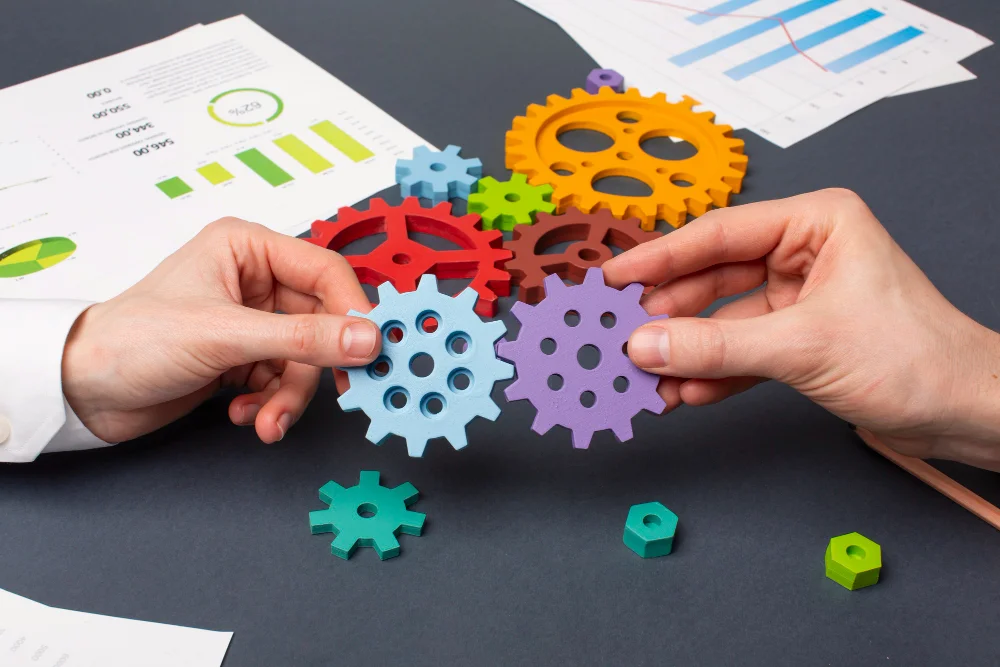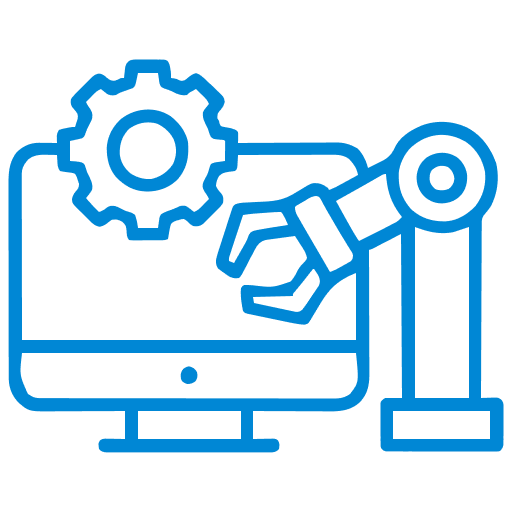Implementing SAP MII Book Co-Authored by Dipankar Saha
WRITTEN BY
Dipankar Saha
01st February 2023
SAP MII
SAP Manufacturing Integration and Intelligence (SAP MII) is used to improve your manufacturing processes.
SAP PRESS has recently published the book Implementing SAP MII co-authored by Dipankar Saha (Principal Architect – Incture Technologies). This book is designed to help developers and consultants learn how to use SAP MII and how to develop applications in SAP MII to adopt Industry 4.0 goals. SAP MII can be used to bridge the gap between the enterprise and the manufacturing plant floor by providing integration and intelligence services.
With this book, learn about the administration and configuration features of SAP MII regarding installation, user management, system management, and security services. Then explore the integration aspect of SAP MII and how it can connect to different manufacturing plant floor systems (by using SAP Plant Connectivity and data servers) and enterprise systems like SAP ERP or SAP S/4HANA.
Take a look at the SAP MII workbench: Learn how to use it to create query templates to work with the data you receive from plant systems. You’ll also understand how to create and use an MDO as a data modeling and persistency layer for SAP MII applications.
See how you can use business logic service transactions to create intelligent manufacturing composites. Focus on the modeling techniques and different action blocks you can use to process data. The book also covers how to create display templates for analysis, manufacturing plant floor visualizations, SAPUI5-based web pages in the SAP MII workbench, and dashboards using the SSCE.
Explore the configuration of the plant information catalog (PIC). This will be handy for managing hierarchies of assets, machines, and production lines in a manufacturing plant, which you’ll learn how to use in integration and analysis.
The energy monitoring and analysis features are explained, along with the configuration and use of SAP Overall Equipment Effectiveness Management (SAP OEE Management) for manufacturing execution and performance management. To close out the book, consider pro tips and advanced SAP MII development and implementations techniques.
This book is for consultants or developers that want to understand how to use SAP MII as a solution development platform for manufacturing system integration, execution, and analytics. SAP manufacturing consultants may also find this book useful to understand the positioning and effectiveness of SAP MII used with an ERP system for plant integration.
Dipankar Saha is an architect for SAP manufacturing and Industry 4.0 solutions; he has worked on several SAP MII implementation projects and on the product design and development of SAP MII.
Chandan Jash is a technical architect and SME for SAP ME and SAP MII implementation projects at IBM India.
Sudipta Mukherjee is an application architect at IBM India with more than 17 years of IT experience
Supriya Malakar is a senior consultant at IBM India. He works with global clients for large-scale SAP MII and SAP ME solution implementation.
Abesh Bhattacharjee has been working as an IT consultant, a go-to market leader, and an architect for more than 20 years.
If you’re interested in purchasing Implementing SAP MII, head over to the SAP PRESS website and choose from a print edition, e-book, or a bundle with both versions.

How Can Consumer Products Brands Use SAP BTP to Build a Trusted Data Foundation for Faster Product Launches?
Consumer product companies face intense competition, evolving consumer expectations, demand for personalization, and sustainability goals. To stay ahead, brands must deliver innovative products faster with precision. This requires a unified data foundation connecting design, manufacturing, supply chain, and marketing. When data is siloed, decisions slow and inconsistencies grow. With SAP BTP, brands can centralize data, enhance accuracy, and drive agility, enabling faster, more confident decisions and accelerating innovation across the consumer products value chain.

The Enterprise Playbook for SAP BTP Success
Enterprises today walk a tightrope between legacy systems, silos, and rigid integrations on one side, and the rapid pace of innovation, AI, and evolving customer demands on the other. SAP Business Technology Platform (BTP) provides a strong foundation to bridge this gap. Success, however, depends on strategy. This enterprise playbook outlines four actionable plays showing how Incture and SAP BTP solutions help overcome key challenges and deliver scalable business outcomes.

















































